The Himalayas in India are a majestic range of mountains that stretch across several states in the northern part of the country. These mountains are home to some of the world’s most beautiful and diverse landscapes, including snow-capped peaks, lush green valleys, and crystal-clear lakes. The region is also rich in cultural and religious history, with many ancient temples and shrines located throughout the area.
Sikkim, located in the east, offers several trekking routes that follow the base of Kanchenjunga, the third tallest mountain in the world. Sikkim is known for its wet climate and strong Buddhist culture. The central region of the Indian Himalayas, which includes Himachal Pradesh and Uttarakhand, boasts numerous trekking routes, also popular Hindu pilgrimage destinations, reaching high into the mountains.
In the west, Ladakh is one of the driest areas of the Himalayas and offers excellent trekking opportunities when other regions are experiencing Monsoon rains. Kashmir occupies the westernmost part of the Himalayas and is often called “heaven on earth” for its stunning alpine meadows and majestic pine forests, although security risks can sometimes overshadow its natural beauty.
1: Goecha La Trek: Sikkim

The Goecha La trek is located in the eastern Indian state of Sikkim, which is known as one of the wettest regions of the Himalayas. Its proximity to the Bay of Bengal and direct influence from the Indian Monsoon make it so. The journey starts with a muddy trail through thick rainforests, but gradually, the scenery changes to beautiful Rhododendron forests in full bloom in early May. Dzongri Top offers the first viewpoints where you can see both Kangchenjunga and Mount Pandim. Although many trekkers stop at Dzongri, it’s worth continuing towards the Samiti Lake, a sacred lake whose crystal waters are the source of the Prek River.
Goecha La (16,000ft/4876m) is a basecamp for those looking to scale the southeast face of Kanchenjunga. It is possible to finish the trek within 6-8 days.
2: Gangotri Glacier Trek: Uttarakhand
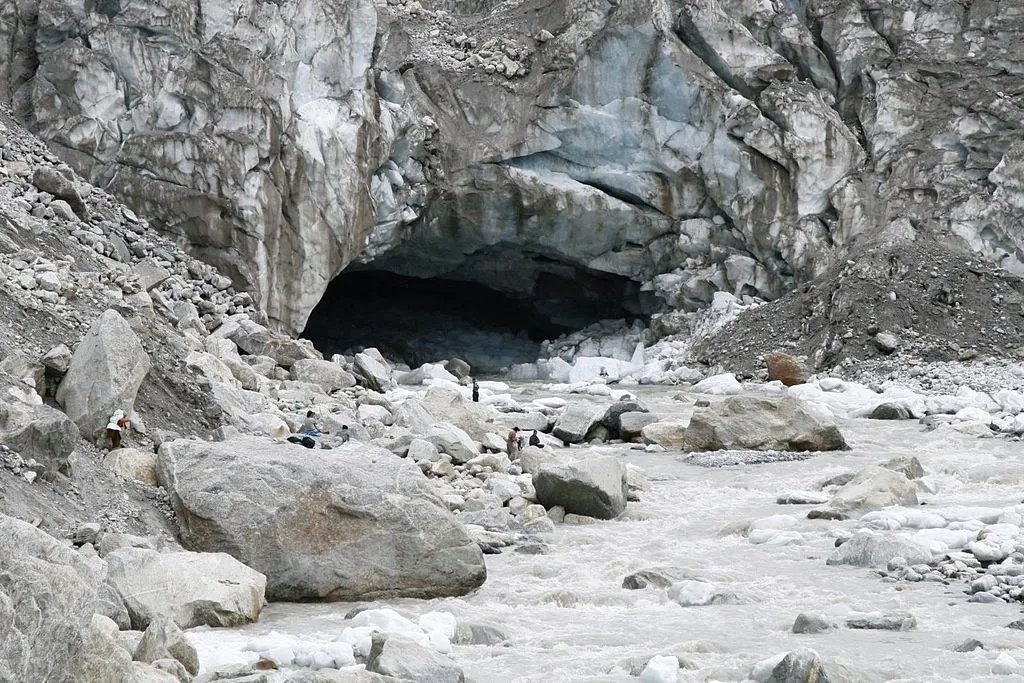
Embark on the Gangotri Glacier Trek, a pilgrimage leading to the origin of India’s most revered river, the Ganges. The journey commences at the edge of the road near the holy town of Gangotri and spans a distance of 18km to Gomukh, regarded as the Ganges’ source at the glacier’s foot. The scenery along the way is awe-inspiring, offering breathtaking views of Mount Shivling and the Bhagirathi group of mountains. This trek is an excellent opportunity to witness magnificent peaks and one of the largest glaciers in the central Himalayas.
The Gangotri Glacier Trek is achievable in just six days.
3: Frozen Zanskar River Trek : Ladakh
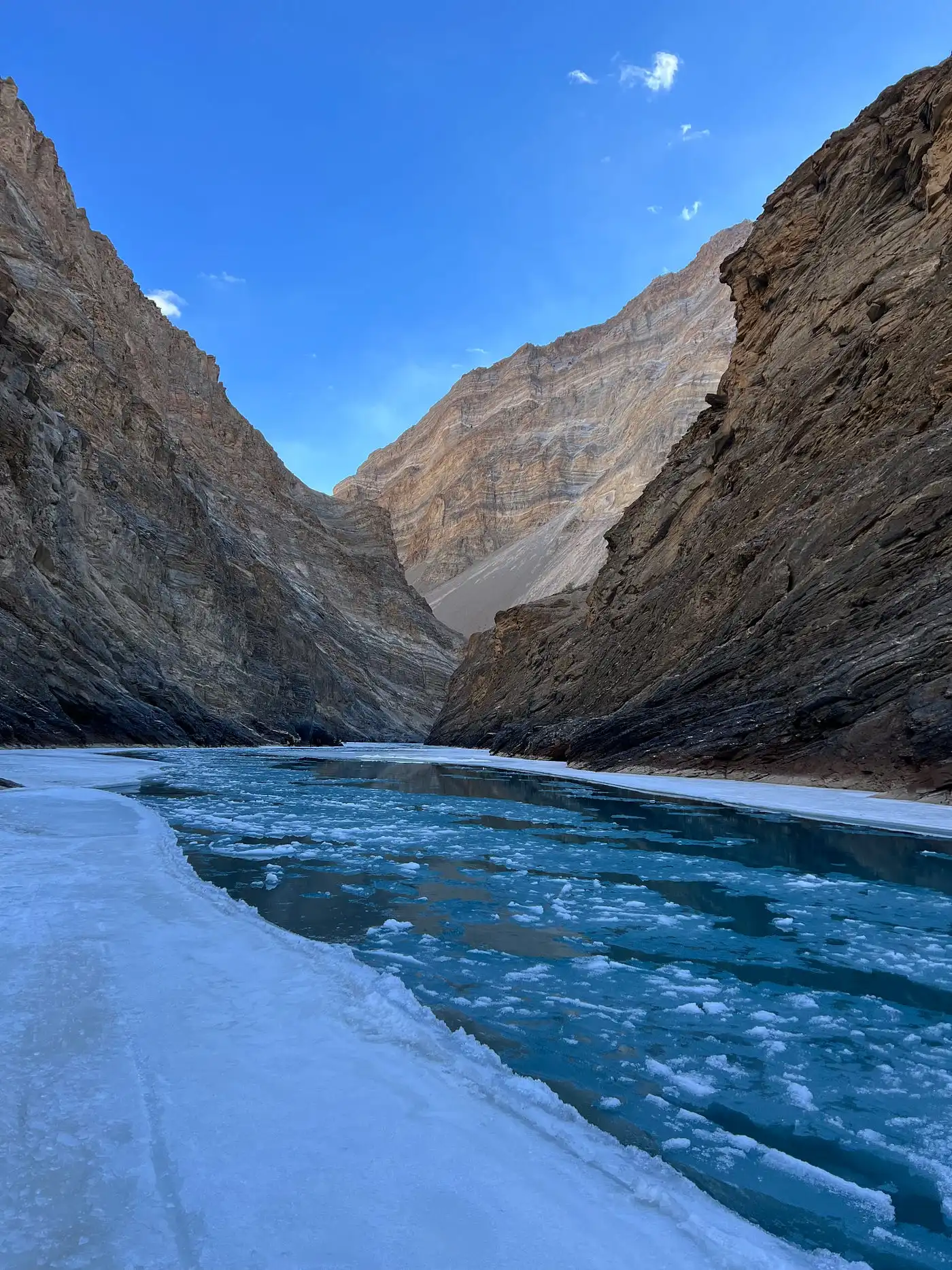
An ancient route along the frozen Zanskar River trek connects the villages of Zanskar Valley to Chilling, which is situated on the road leading to Leh in Ladakh, India. The best time to take this route is in late January and early February, when temperatures are at their coldest, and the frozen river can be used as a trail.
This trek is a breathtaking experience, but it requires braving the extreme cold, with average temperatures of -10 C during the day and as low as -20 to -25 C at night. There are some challenging spots along the route where the river is partially frozen, and one must make a new path over snow-covered banks. Overall, this trek is a unique and unforgettable adventure.
The Frozen Zanskar River trek is achievable in 6 days.
4: Markha Valley: Ladakh
The Markha Valley trek is a well-known and easy-to-organize trek in Ladakh, India. Those who embark on this trek can also climb Stok Kangri (6,153 m), a trekking peak. It’s vital to properly acclimatize before attempting to reach the top, as it can be achieved relatively quickly. During the trek, you’ll be crossing three passes – Stok La (4848 m), Kongmaru La (5274 m), and Gandla (4878 m) – and following the banks of the picturesque Markha River valley. One of the highlights of the trek is camping near the base of Kang-Yutze Peak and experiencing Tibetan culture along the way.
The Markha Valley trek is a 6 to 8 day trek.
5: Kolahoi Glacier Trek: Kasmir
Kashmir offers a unique trekking experience that can’t be found anywhere else in the Himalayas. The magnificent pine trees and beautiful mountain meadows make it a popular destination for adventure seekers. Many have even compared it to the Swiss Alps. For beginners, the trek from Lidder Valley to Kolahoi Glacier is a great option, which can be easily accessed from Srinagar.
The trail follows the Lidder River and provides breathtaking views of the surrounding snow-capped peaks and meadows covered with wildflowers. During the summer, the Gujjars, a nomadic group who have herded sheep in the area for centuries, reside in the canyon. If you continue to the head of the valley, you will be rewarded with stunning views of the Kolahoi Glacier.
Kolahoi Glacier Trek is a 3-day trek from Lidder Valley to Kolahoi Glacier.
Conclusion
In conclusion, the Indian Himalayas offer some of the world’s most breathtaking and diverse treks. From the wet forests of Sikkim to the frozen Zanskar River in Ladakh, there is a trek for every type of adventurer. The region is known not only for its stunning landscapes but also for its rich cultural and religious history. Whether you’re a seasoned trekker or a beginner, the Indian Himalayas are a must-visit destination for anyone seeking adventure and natural beauty.
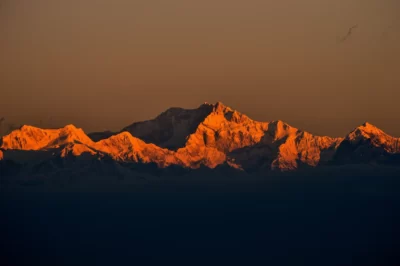
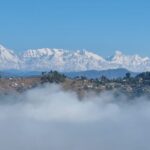

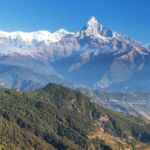

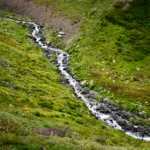

Leave a Reply